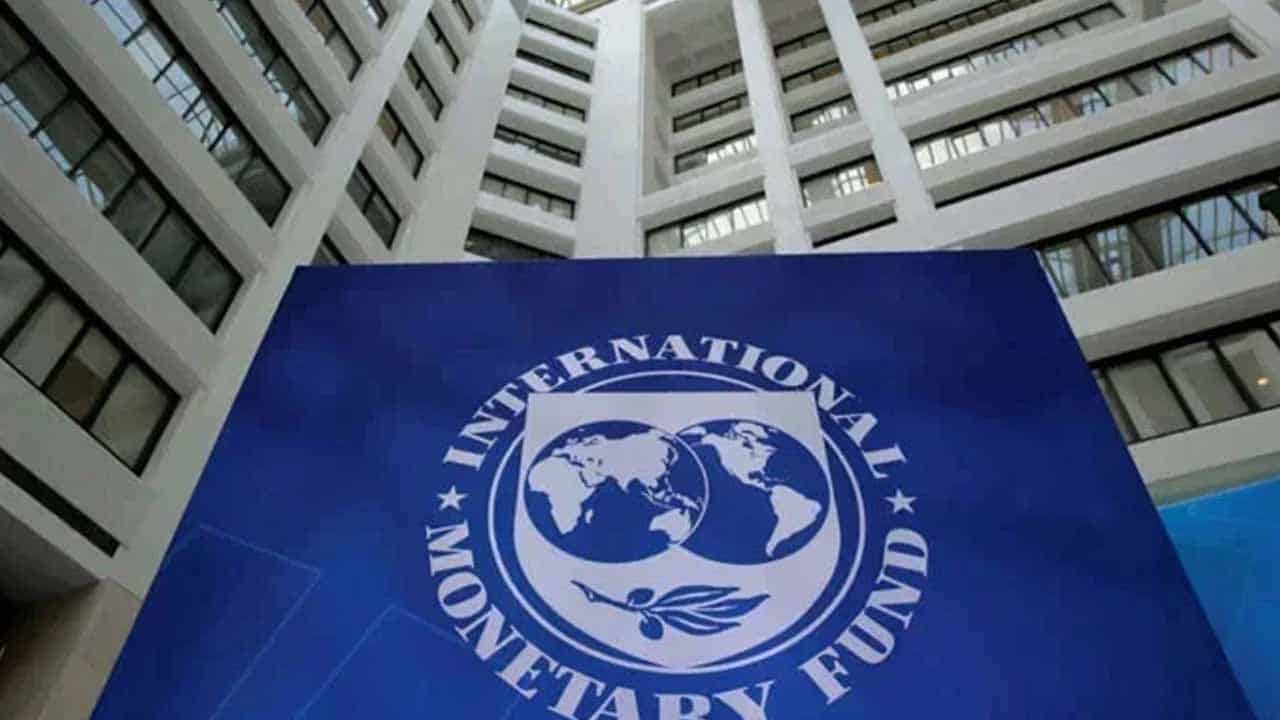Pakistan-IMF deal: PKR expected to remain steady next week
The rupee is projected to remain stable next week as the currency market awaits the International Monetary Fund’s (IMF) Executive Board’s (July 12) approval of Pakistan’s rescue package. Dealers stated on Saturday, according to a story in The News, that dollar inflows and outflows are likely to be balanced. The local unit increased by 2.8%, […] The post Pakistan-IMF deal: PKR expected to remain steady next week appeared first on Economy.pk.

The rupee is projected to remain stable next week as the currency market awaits the International Monetary Fund’s (IMF) Executive Board’s (July 12) approval of Pakistan’s rescue package.
Dealers stated on Saturday, according to a story in The News, that dollar inflows and outflows are likely to be balanced.
The local unit increased by 2.8%, or Rs8, week on week in the interbank market.
“The rupee is unlikely to change significantly over the next week.” “The amount of foreign currency generated by banks (via exports and remittances) must equal the amount of import payments before they can be released,” claimed an analyst.
“By using this strategy, the current account deficit is kept in check, and unrestricted imports are avoided,” the analyst explained, adding that the State Bank of Pakistan (SBP) appeared to carefully monitor the current account.
Imports may be permitted more freely after inflows from the IMF and friendly nations are received.
However, because payments are increasingly accepted, firms are not experiencing significant import delays, according to the expert.
Currency analysts anticipate that the IMF will adopt the standby agreement at its July 12 Executive Board meeting, and that $1.1 billion will be credited to the SBP account by July 18.
PTI chief met with the IMF team on Friday at his mansion in Zaman Park, Lahore.
Khan expressed approval for the bailout agreement with the global lender, but he demanded guarantees for timely elections in the country.
In the run-up to the country’s autumn elections, the IMF announced that it was seeking the support of Pakistan’s political parties, including Khan’s, for the new nine-month $3 billion stand-by arrangement and the policies associated with it.
“The market does not expect any drastic movement in the USD-PKR parity,” Tresmark, a financial site for treasury markets, wrote in a note.
“Our previous week’s projections of 275-280 until IMF approval and 282-287 after IMF approval remain unchanged,” it added.
The views were based on potentially significant inflows catalyzed by the IMF agreement, the rupee being undervalued on a REER basis, elevated interest rates, continued import management, increased forex reserves due to a favorable current account deficit, and the SBP’s primary goal of rapidly building reserves.
Pakistan’s central bank’s foreign exchange reserves climbed by $393 million in the week ended June 30 to $4.462 billion.
During the previous week, the country’s dollar bonds saw a correction. According to JS Global, following the positive reaction to the Pakistan-IMF agreement, the country’s international bond prices increased significantly, suggesting increased investor confidence.
“However, there has been a correction in bond prices and yields this week,” the report stated. “According to current prices, bond prices are declining by 7% on average.”
According to JS Global, the cumulative increase in international bond prices has averaged roughly 26% from the last low on June 23, 2023.
The post Pakistan-IMF deal: PKR expected to remain steady next week appeared first on Economy.pk.








